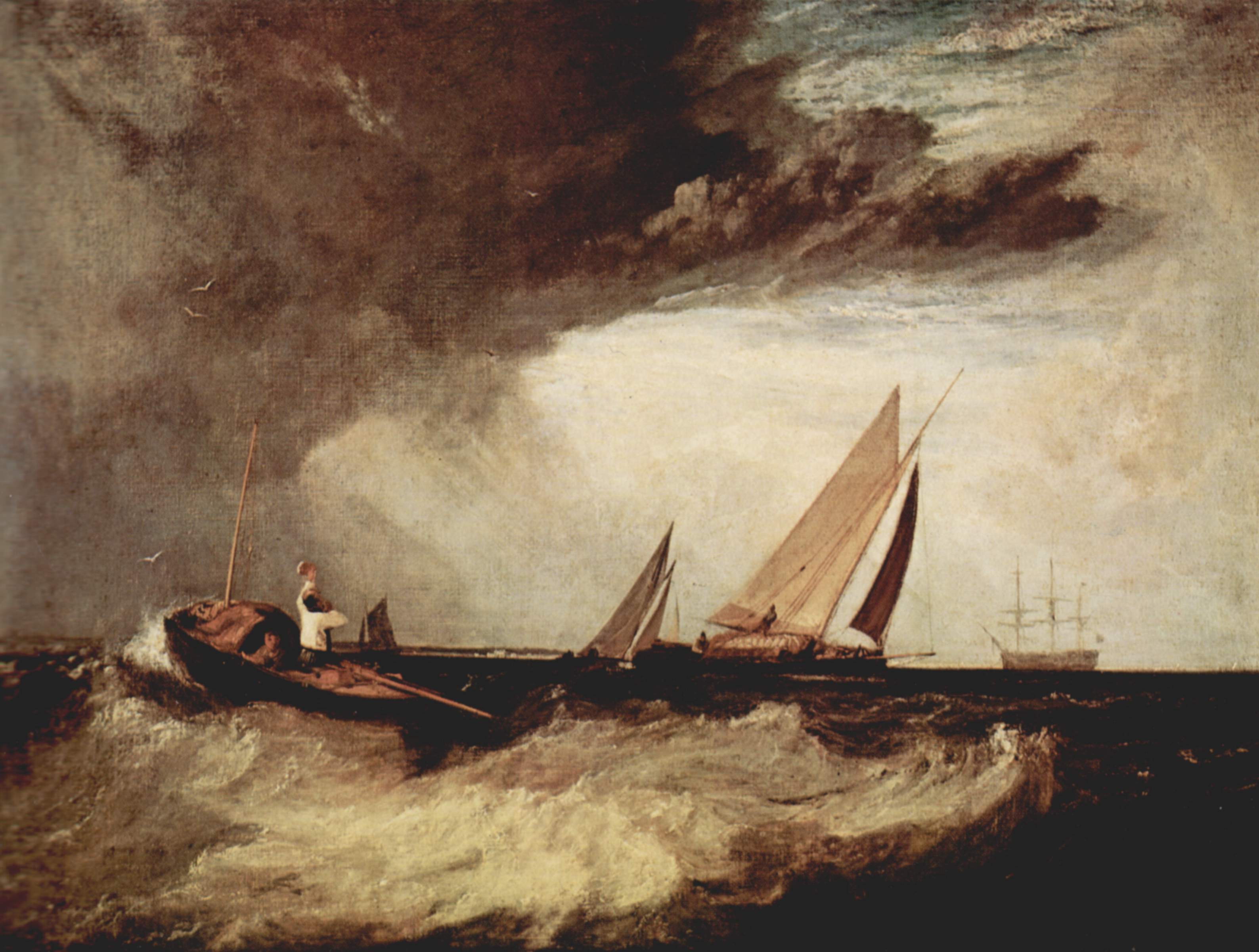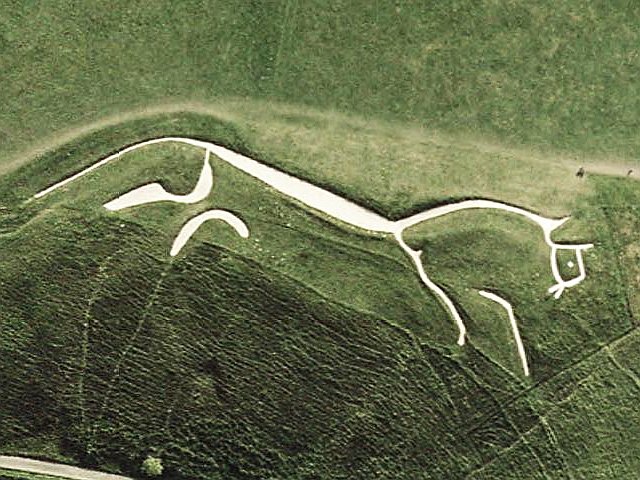|
Foulness Island
Foulness Island () is a closed island on the east coast of Essex in England, which is separated from the mainland by narrow creeks. In the 2001 census, the usually resident population of the civil parish was 212, living in the settlements of Churchend and Courtsend, at the north end of the island. The population reduced to 151 at the 2011 Census. The island had until recently a general store and post office. The George and Dragon pub in Churchend closed in 2007, while the church of St Mary the Virgin closed in May 2010. In 2019, the ''Southend Echo'' reported plans for the church to be converted into a five-bedroom home. Foulness Island is predominantly farmland and is protected from the sea by a sea wall. The island's unusual name is derived from the Old English ''fugla næsse'' ("bird headland"), referring to wildfowl. It is an internationally important site for migrating and breeding birds, including pied avocets. During the North Sea flood of 1953, almost the entire islan ... [...More Info...] [...Related Items...] OR: [Wikipedia] [Google] [Baidu] |
United Kingdom Census 2011
A Census in the United Kingdom, census of the population of the United Kingdom is taken every ten years. The 2011 census was held in all countries of the UK on 27 March 2011. It was the first UK census which could be completed online via the Internet. The Office for National Statistics (ONS) is responsible for the census in England and Wales, the General Register Office for Scotland (GROS) is responsible for the census in Scotland, and the Northern Ireland Statistics and Research Agency (NISRA) is responsible for the census in Northern Ireland. The Office for National Statistics is the executive office of the UK Statistics Authority, a non-ministerial department formed in 2008 and which reports directly to Parliament. ONS is the UK Government's single largest statistical producer of independent statistics on the UK's economy and society, used to assist the planning and allocation of resources, policy-making and decision-making. ONS designs, manages and runs the census in England an ... [...More Info...] [...Related Items...] OR: [Wikipedia] [Google] [Baidu] |
Broomway
The Broomway, also formerly called the "Broom Road", is a public right of way over the foreshore at Maplin Sands off the coast of Essex, England. Most of the route is classed as a byway open to all traffic, with a shorter section of bridleway. When the tide is out, it provides access to Foulness Island, and indeed was the only access to Foulness on foot, and the only access at low tide, until a road bridge was built over Havengore Creek in 1922. At over 600 years old, recorded as early as 1419, the Broomway runs for along the Maplin Sands, some from the present shoreline. It was named for the "brooms", bundles of twigs attached to short poles, with which the route was once marked. A number of headways or hards ran from the track to the shore, giving access to local farms. The track is extremely dangerous in misty weather, as the incoming tide floods across the sands at high speed, and the water forms whirlpools because of flows from the River Crouch and River Roach. Under su ... [...More Info...] [...Related Items...] OR: [Wikipedia] [Google] [Baidu] |
Rochford Rural District
Rochford Rural District was a rural district with an area of 146.01 square kilometres in the county of Essex, England. It was created in 1894, in 1897 the parish of Leigh was removed to create the Leigh-on-Sea Urban District. In 1926 the parish of Canvey Island was removed to create the Canvey Island Urban District. In 1929 the parishes of Hadleigh, South Benfleet and Thundersley were removed to create the Benfleet Urban District, at the same time the parishes of Rayleigh and Rawreth were removed to create the Rayleigh Urban District. Since 1 April 1974 it has formed part of the District of Rochford. At the time of its dissolution it consisted of the following 12 civil parishes. *Ashingdon *Barling Magna *Canewdon *Foulness *Stambridge *Great Wakering *Hawkwell *Hockley *Hullbridge *Paglesham *Rochford *Sutton Sutton (''south settlement'' or ''south town'' in Old English) may refer to: Places United Kingdom England In alphabetical order by county: * Sutton, Bedfordshir ... [...More Info...] [...Related Items...] OR: [Wikipedia] [Google] [Baidu] |
Anglo-Saxon Chronicle
The ''Anglo-Saxon Chronicle'' is a collection of annals in Old English, chronicling the history of the Anglo-Saxons. The original manuscript of the ''Chronicle'' was created late in the 9th century, probably in Wessex, during the reign of Alfred the Great (r. 871–899). Multiple copies were made of that one original and then distributed to monasteries across England, where they were independently updated. In one case, the ''Chronicle'' was still being actively updated in 1154. Nine manuscripts survive in whole or in part, though not all are of equal historical value and none of them is the original version. The oldest seems to have been started towards the end of Alfred's reign, while the most recent was written at Peterborough Abbey after a fire at that monastery in 1116. Almost all of the material in the ''Chronicle'' is in the form of annals, by year; the earliest are dated at 60 BC (the annals' date for Caesar's invasions of Britain), and historical material follows up t ... [...More Info...] [...Related Items...] OR: [Wikipedia] [Google] [Baidu] |
Shoeburyness
Shoeburyness (; also called Shoebury) is a suburb of the city of Southend-on-Sea, in the City of Southend-on-Sea, in the ceremonial county of Essex, England. east of the city centre. It was an urban district of Essex from 1894 to 1933, when it became part of the county borough of Southend-on-Sea. It is now in the unparished area of Southend-on-Sea, in the Southend-on-Sea district. It was once a garrison town and still acts as host to MoD Shoeburyness. Shoeburyness is divided into halves; Shoeburyness refers to all of the town, but North Shoebury refers to the area that houses Shoeburyness High School and the nearby churches. Description The eastern terminus of the London, Tilbury and Southend line (c2c line) is at Shoeburyness railway station, services run to London Fenchurch Street in the City of London. The eastern end of the A13 is at Shoeburyness. The MoD Shoeburyness site at Pig's Bay is situated nearby and the facility is run by the company QinetiQ. Shoeburyness has ... [...More Info...] [...Related Items...] OR: [Wikipedia] [Google] [Baidu] |
South East England
South East England is one of the nine official regions of England at the ITL 1 statistical regions of England, first level of International Territorial Level, ITL for Statistics, statistical purposes. It consists of the counties of england, counties of Buckinghamshire, East Sussex, Hampshire, the Isle of Wight, Kent, Oxfordshire, Berkshire, Surrey and West Sussex. Major towns and cities in the region include Brighton and Hove, Milton Keynes, Southampton, Portsmouth, Slough, Reading, Berkshire, Reading and Oxford. South East England is the third largest region of England, with an area of 19,096 km2 (7,373 sq mi), and is also the most populous with a total population of over eight and a half million (2011). The region contains seven legally city status in the United Kingdom, chartered cities: Brighton and Hove, Canterbury, Chichester, Oxford, Portsmouth, Southampton and Winchester. The region's close proximity to London and connections to several national motorways have le ... [...More Info...] [...Related Items...] OR: [Wikipedia] [Google] [Baidu] |
Royal Commission On The Depressed Condition Of The Agricultural Interests (1894–1897)
The Royal Commission on the Depressed Condition of the Agricultural Interests was appointed by William Ewart Gladstone's Liberal Party (UK), Liberal government in 1894 to inquire into the Great Depression of British Agriculture, depression in British agriculture. It was chaired by George Shaw-Lefevre, 1st Baron Eversley, George Shaw-Lefevre and sat until 1897. The commission unanimously agreed that the cause of the depression was a fall in prices. However its second report was divided between a majority report and a minority report. The majority report discussed government loans to agriculture, local rates and the land tax. The minority report recommended landlord-tenant agreements, lowering rents and railway rates, co-operation to eliminate the middleman. They claimed this was all that could be done "short of tampering with the currency, debasing the gold standard, or adopting protective duties". In April 1896 Shaw-Lefevre resigned as chairman and was replaced by Charles Lyttelton ... [...More Info...] [...Related Items...] OR: [Wikipedia] [Google] [Baidu] |
Foulness Island Map
Foulness Island () is a closed island on the east coast of Essex in England, which is separated from the mainland by narrow creeks. In the 2001 census, the usually resident population of the civil parish was 212, living in the settlements of Churchend and Courtsend, at the north end of the island. The population reduced to 151 at the 2011 Census. The island had until recently a general store and post office. The George and Dragon pub in Churchend closed in 2007, while the church of St Mary the Virgin closed in May 2010. In 2019, the ''Southend Echo'' reported plans for the church to be converted into a five-bedroom home. Foulness Island is predominantly farmland and is protected from the sea by a sea wall. The island's unusual name is derived from the Old English ''fugla næsse'' ("bird headland"), referring to wildfowl. It is an internationally important site for migrating and breeding birds, including pied avocets. During the North Sea flood of 1953, almost the entire islan ... [...More Info...] [...Related Items...] OR: [Wikipedia] [Google] [Baidu] |
Wards And Electoral Divisions Of The United Kingdom
The wards and electoral divisions in the United Kingdom are electoral districts at sub-national level, represented by one or more councillors. The ward is the primary unit of English electoral geography for civil parishes and borough and district councils, the electoral ward is the unit used by Welsh principal councils, while the electoral division is the unit used by English county councils and some unitary authorities. Each ward/division has an average electorate of about 5,500 people, but ward population counts can vary substantially. As of 2021 there are 8,694 electoral wards/divisions in the UK. England The London boroughs, metropolitan boroughs and non-metropolitan districts (including most unitary authorities) are divided into wards for local elections. However, county council elections (as well as those for several unitary councils which were formerly county councils, such as the Isle of Wight and Shropshire Councils) instead use the term ''electoral division''. In s ... [...More Info...] [...Related Items...] OR: [Wikipedia] [Google] [Baidu] |





